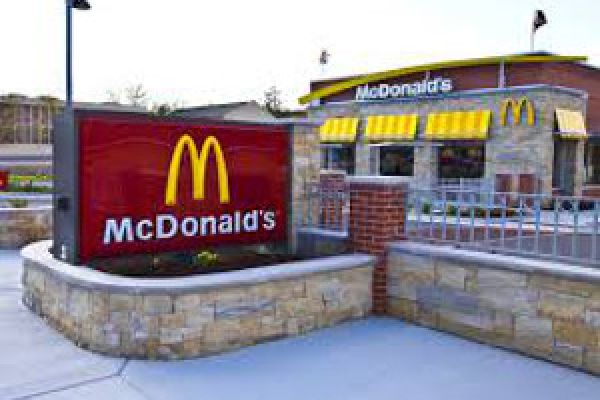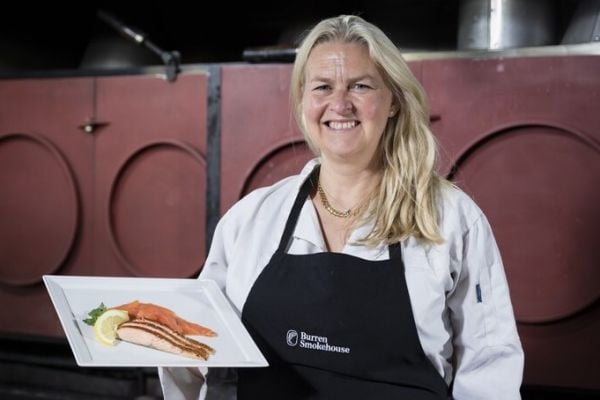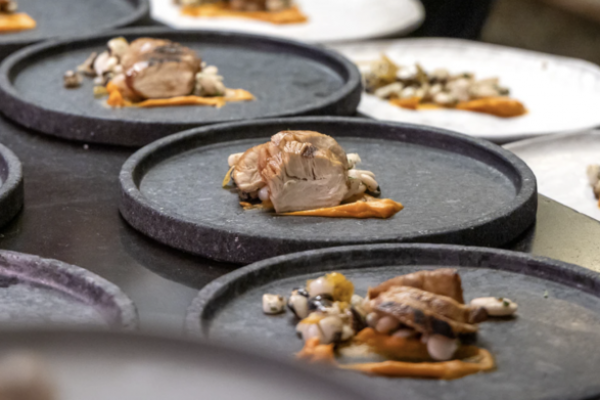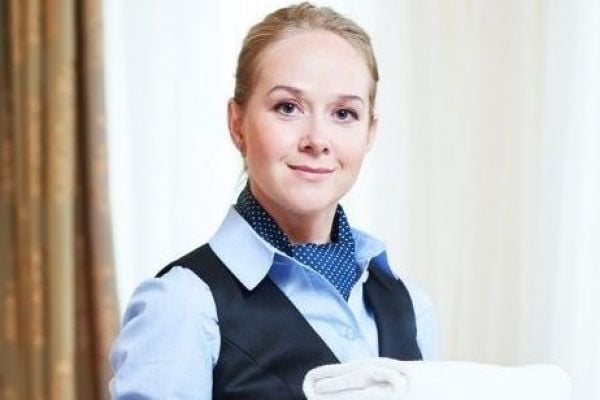McDonald's grabbed headlines last week by announcing that in the next two years, it will stop serving chicken treated with some antibiotics.
It joins such rivals as Chick-Fil-A, Chipotle Mexican Grill, and Panera Bread. McDonald's new chief executive, Steve Easterbrook, is trying the ban, among other initiatives, to persuade consumers that Mickey D’s food isn’t cooked up in a lab using robo-chickens and extracts.
Here's the thing: None of the chicken you currently eat has detectable rates of antibiotics in it. By the time it arrives on your plate—actually, by the time it arrives at your grocery store, or your farmer's market, or your fast-food restaurant—it has no antibiotics in it. By the time chickens (or pigs or cattle) arrive at the slaughterhouse door, they're clear of antibiotics. That's per Food and Drug Administration regulations, which require that animals stop receiving the drugs in their water or feed well before slaughter.
So what exactly does “raised without antibiotics” mean, and does it mean higher quality meat, or that it’s better for you?
“Most people have a basic grasp that antibiotics are in trouble,” says Jean Halloran, director of the food and product safety campaign at Consumers Union. “People also grasp intuitively that the more you use these things, the more bugs will get used to them and become immune.” That is, the reduction of antibiotics is mostly a matter of public health, not personal health. The Centres for Disease Control cites the overuse of antibiotics in food animals as one source of the emergence of antibiotic-resistant bacteria. These bacteria can develop in the intestines of animals, then, through excrement, can spread into the water supply or onto the meat itself if it's not cleaned properly.
McDonald's is vague on its motivations. "Our customers want food that they feel great about eating—all the way from the farm to the restaurant—and these moves take a step toward better delivering on those expectations," said McDonald's US President Mike Andres in the statement announcing the decision.
And what exactly is McDonald's doing differently?
To understand its shift, it's helpful to understand why farmers use antibiotics in the first place. Of course, they use the drugs to treat illnesses. But there's another indication: In the 1950s, farmers discovered that if they routinely fed animals antibiotics—whether in feed or water—they grew faster. In the modern farming age, as the US population and demand for animal protein grew, the practice became widespread. Giving animals antibiotics as a growth-promotion mechanism has also helped produce animals of more uniform size, a valuable quality for chains such as McDonald’s.
But in the past two decades, there's been a backlash. Europe has banned the agricultural use of all antibiotics used on humans. And the FDA has instituted new voluntary rules—which, agricultural experts tell me, "everyone" is adopting—that require the phaseout of human antibiotics for growth promotion by the end of 2016. The FDA guidelines still allow human antibiotics for disease prevention and treatment purposes, administered with a vet's prescription.
That's where McDonald's standards differ. It has told producers it won't buy animals that have been treated at any stage of the process with antibiotics that are important to human medicine, even though the FDA allows it.
McDonald’s is trying to play catch-up with those competitors, all of whose sales have been growing more rapidly. Even though the move may be late, analysts say it’s welcome. “They have a quality perception issue and that may be partly the ingredients, and maybe even preparation methods,” says David Palmer, restaurant analyst at RBC Capital Markets. “They need to think about ways they can execute their core menu better and give people what they want, which is food value.”
On that value question, it’s unclear who will be eating the cost of chicken raised without antibiotics, or even exactly what that cost will be. Tom Super, a spokesman for the National Chicken Council, says chicken raised in this way is typically 5¢ to 7¢ per pound more on the wholesale level. Analysts say McDonald’s customers, while they may want better-quality food, don’t want to pay much more.
Bloomberg News, edited by Hospitality Ireland









